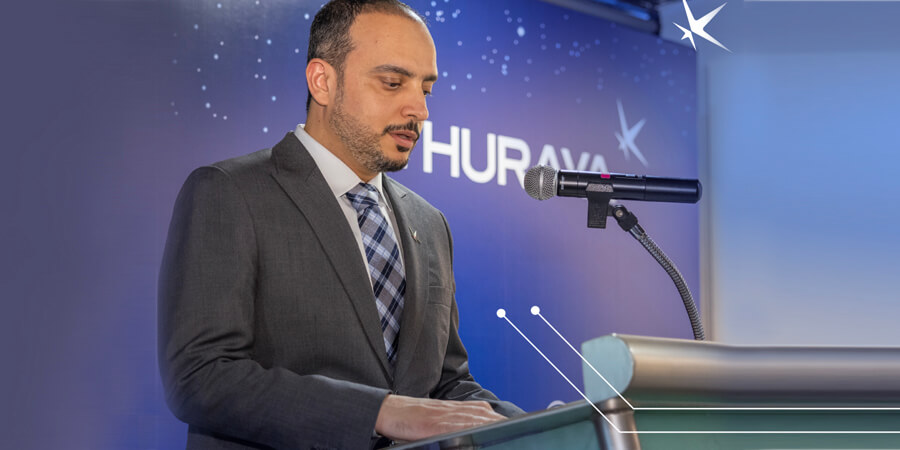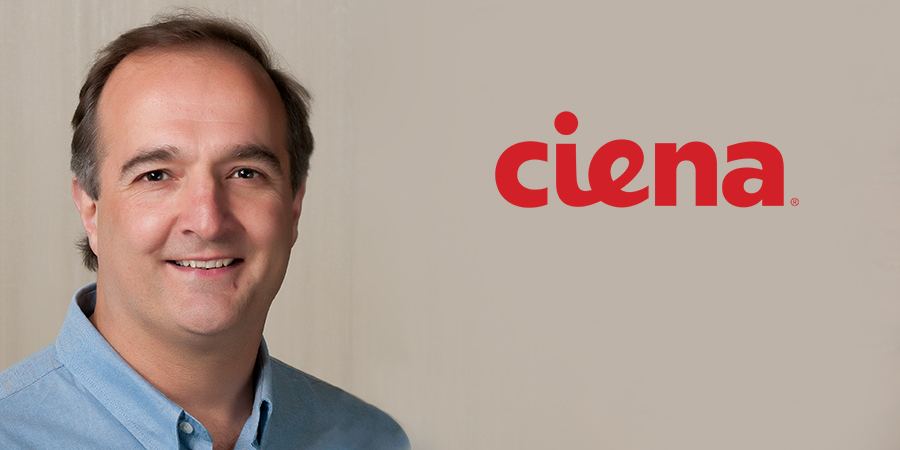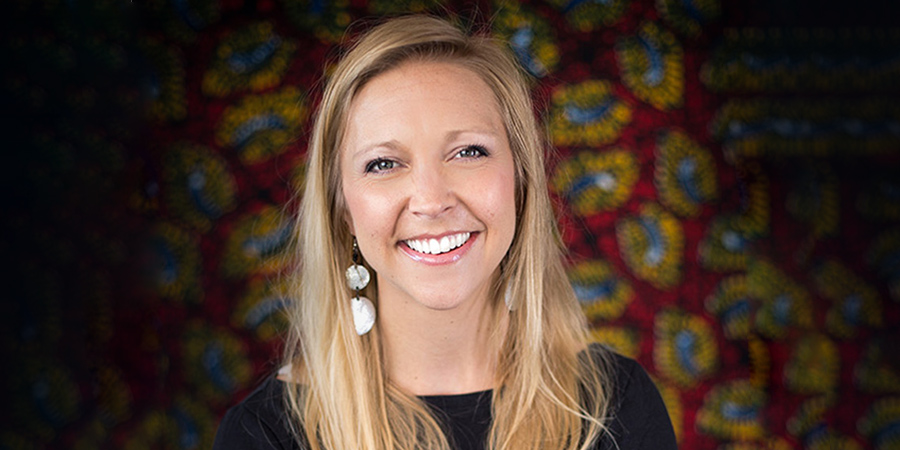Thuraya, the mobility subsidiary of the UAE’s flagship satellite operator, Yahsat, recently unveiled a new office in Singapore to mark 15 years of presence in the Asia Pacific market. Telecom Review Asia Pacific speaks with Sulaiman Al Ali, CEO of Thuraya, to learn about Thuraya’s recent successes in globalising satellite innovations.
Can you tell us about the prospect of satellite services and how it would impact the future of connectivity, especially in the Asia Pacific region?
The satellite industry is currently heading in two directions – one driven by increased demand for data and the other by the demand for very small terminals with limited data rates to meet IoT requirements. While the new LEO mega constellations promise the delivery of higher data rates, GEO systems remain the major provider of connectivity across different sectors and applications considering their heritage, reliability and availability. Innovation and advancement is also happening within MSS and with new satellite capabilities, we can reach higher data rates. For instance, with our T4 Next Generation System (T4-NGS) we plan to offer at least double from the current data capabilities reaching north of 1 Mbps. This is considered a leap for MSS L-Band systems.
When it comes to IoT requirements, we are looking at addressing a burst of data that provide information on applications covering segments like transportation, maritime, agriculture and livestock monitoring. To meet these needs, users require very small devices and very low data rates.
In the Asia Pacific, demand is driven by two key markets associated with transportation, namely maritime and IoT. That said, there is of course high demand coming from the government and defence sectors, with specialized solutions requirements. But, owing to the huge volume of trading that takes place in this region, maritime connectivity and safety are particularly important in the Asia Pacific. Hence, we are witnessing a spike in demand in the maritime sector driven by business and regulatory requirements.
In this region, agriculture is another industry that is increasingly reliant on satellite connectivity, especially in the face of supply chain shortage, to facilitate timely communications and operational efficiencies.
How has the role of satellite and terrestrial connectivity evolved over the years?
With the rise of Internet of Things, we have reached a stage where satellite IoT is aligned with terrestrial IoT. Especially for critical communications applications, ubiquitous connectivity and high availability are an absolute necessity. It serves as the impetus for terrestrial and satellite operators to work hand in hand to complement each other.
Already, we can see that many partnerships have been forged between operators and this trend will continue to persist as regulations and standards for terrestrial and satellites come together.
Can you share with us Thuraya’s partnerships and your outlook on the Asia Pacific?
In the UAE, our majority shareholder Yahsat, recently announced two joint ventures – one to produce products for the satellite industry and the other to provide the country with geospatial and remote sensing capabilities.
In the Asia Pacific, we have forged many partnerships across maritime, government, NGO and enterprise. These include major partners such as Softbank in Japan, Smart in the Philippines, as well as hi-tech companies like APSI in South Korea.
Thuraya views the Asia Pacific region as a strategic market with immense potential. Demonstrating our commitment toward this market, we have opened a new Asia Pacific office in Singapore to mark 15 years of presence, where our first office was established in Singapore in 2006. Today, the new office is a testament of our growth in this region.
In over a decade, we have amassed a very diversified portfolio of projects and found success with our offerings. For instance, the Thuraya MarineStar, a maritime solution with advanced two-way tracking and monitoring capabilities, has been very well-received in Asia. Other innovations include Thuraya Push-to-Talk, an IP-based radio communications solution that extends voice communications beyond line of sight (BLOS). Moreover, with our T3 satellite covering the entire region and extending to every part of Australia, we are committed to delivering a rich and diversified portfolio as we look to develop more partnerships to advance development across the Asia Pacific.







